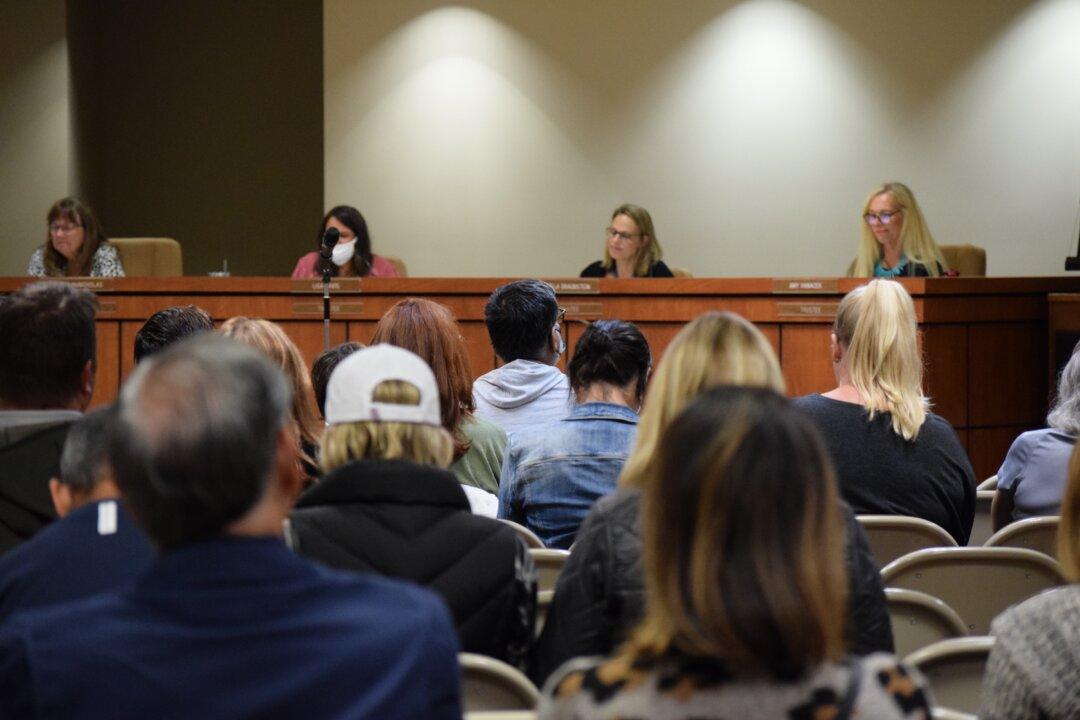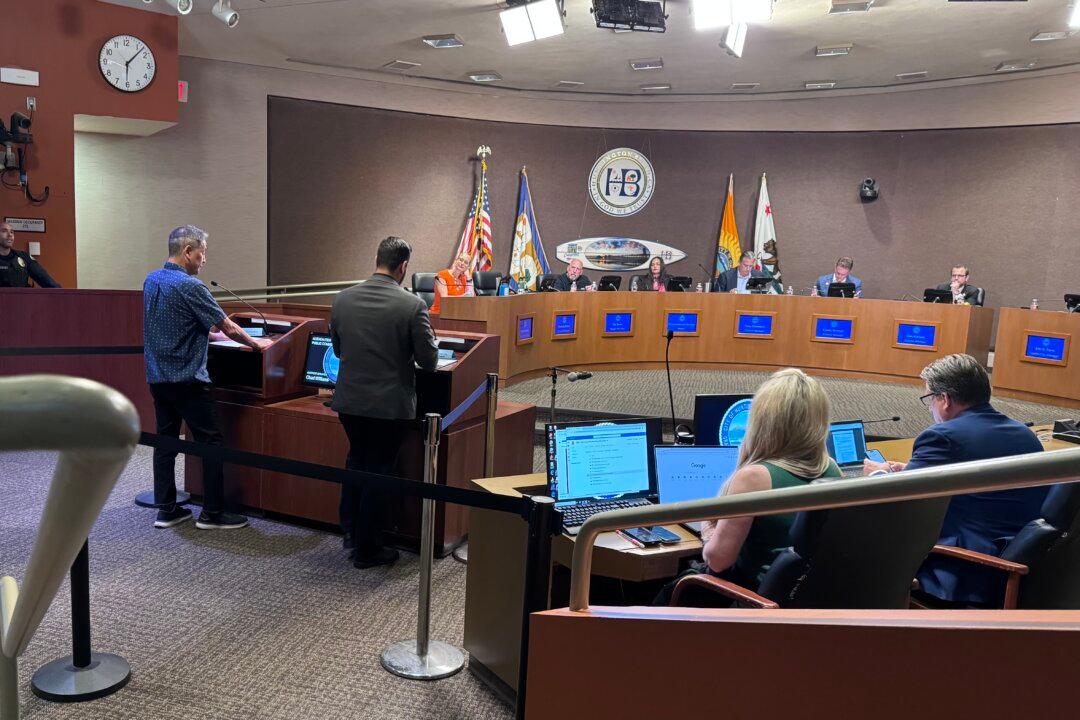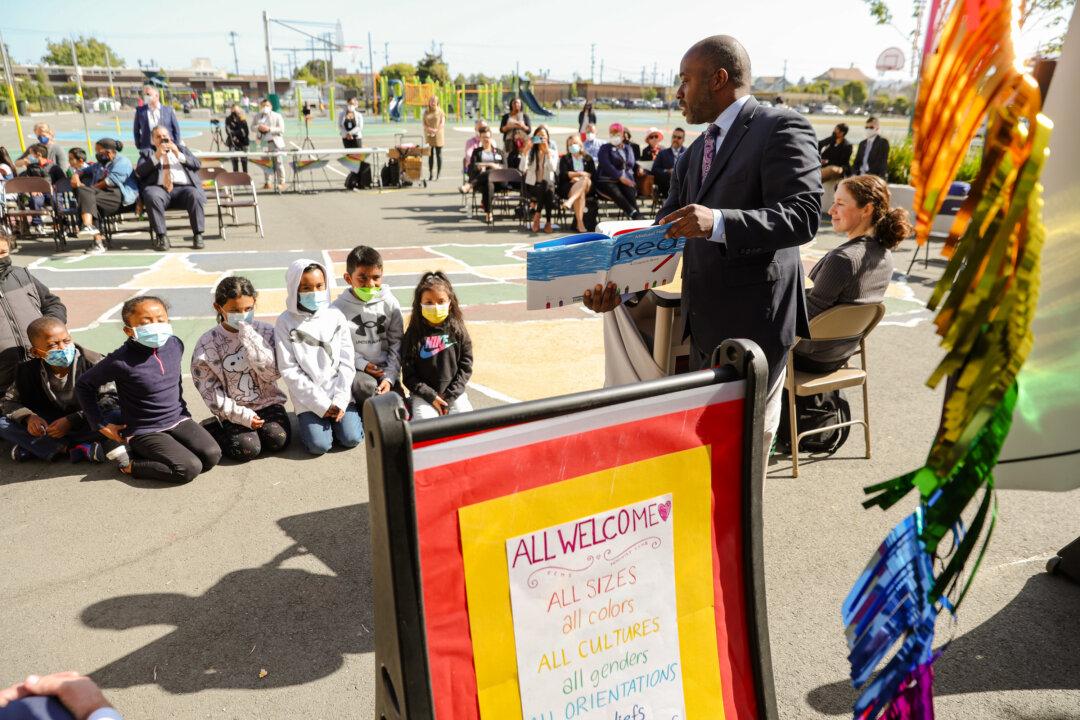A proposed multi-million-dollar bond measure that would have funded updates at Dana Hills High School will not make it onto November’s election ballot after it failed in a split vote by the Capistrano Unified School District’s Board of Education.
Last month trustees voted 4 to 1—with one abstention—to continue discussion on the bond, which would allow Dana Hills voters to decide whether to levy a $34 property tax per $100,000 of assessed value to provide $171 million to fund both seismic and basic updates to Dana Hills High School.





